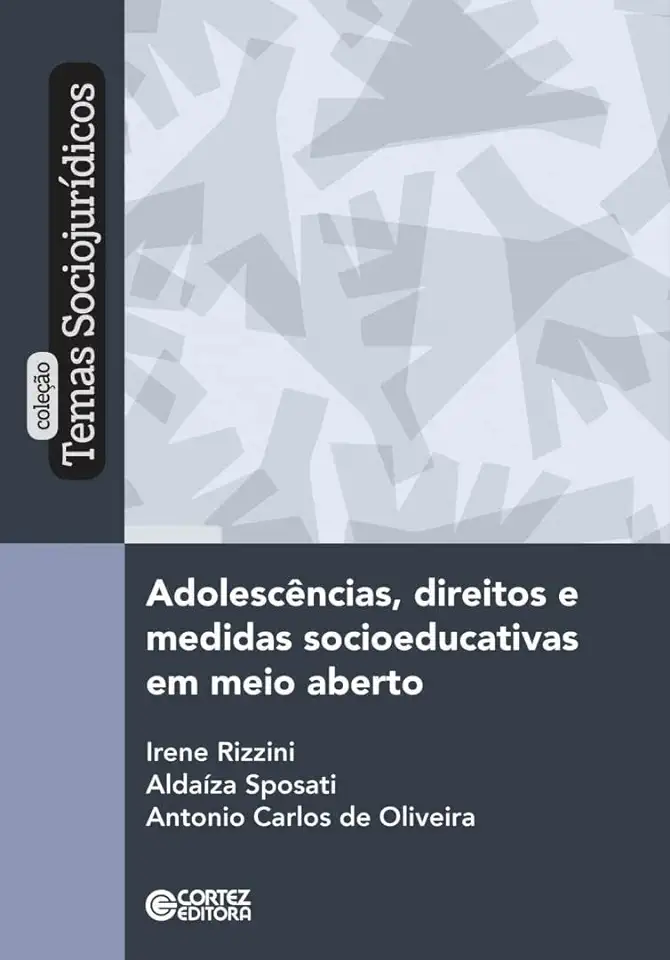
Adolescences, Rights and Socio-Educational Measures in Open Environment - Sposati, Aldaiza
Adolescences, Rights and Socio-Educational Measures in Open Environment - Sposati, Aldaiza
Overview
In "Adolescences, Rights and Socio-Educational Measures in Open Environment", Aldaiza Sposati presents a comprehensive analysis of the complex relationship between adolescence, rights, and socio-educational measures in open environments. Drawing on extensive research and case studies, Sposati argues that a rights-based approach is essential to ensuring the well-being and development of adolescents in open environments.
Key Themes
- The importance of a rights-based approach to adolescence: Sposati argues that a rights-based approach is essential to ensuring the well-being and development of adolescents in open environments. She emphasizes the need to respect adolescents' rights to education, health, participation, and protection, and to ensure that these rights are upheld in all settings, including open environments.
- The challenges of implementing a rights-based approach in open environments: Sposati acknowledges the challenges of implementing a rights-based approach in open environments, such as the lack of resources, the need for specialized training for staff, and the potential for conflict between the rights of adolescents and the rights of others. However, she argues that these challenges can be overcome with careful planning and implementation.
- The need for evidence-based practices: Sposati emphasizes the need for evidence-based practices in the implementation of socio-educational measures in open environments. She argues that interventions should be based on research and evidence of effectiveness, and that they should be tailored to the specific needs of adolescents in open environments.
- The importance of collaboration and partnerships: Sposati stresses the importance of collaboration and partnerships between different stakeholders, including adolescents, families, educators, and policymakers, in the development and implementation of socio-educational measures in open environments. She argues that a collaborative approach is essential to ensuring the success of these measures and to promoting the well-being and development of adolescents.
Conclusion
"Adolescences, Rights and Socio-Educational Measures in Open Environment" is a valuable resource for researchers, policymakers, and practitioners working in the field of adolescence and open environments. Sposati's comprehensive analysis of the complex relationship between adolescence, rights, and socio-educational measures provides a framework for understanding the challenges and opportunities of working with adolescents in these settings. The book is a call to action for a rights-based approach to adolescence and for the development of evidence-based practices that promote the well-being and development of adolescents in open environments.
Why You Should Read This Book
If you are interested in the field of adolescence and open environments, "Adolescences, Rights and Socio-Educational Measures in Open Environment" is a must-read. Sposati's comprehensive analysis of the complex relationship between adolescence, rights, and socio-educational measures provides a framework for understanding the challenges and opportunities of working with adolescents in these settings. The book is a valuable resource for researchers, policymakers, and practitioners working in the field of adolescence and open environments, and it is a call to action for a rights-based approach to adolescence and for the development of evidence-based practices that promote the well-being and development of adolescents in open environments.